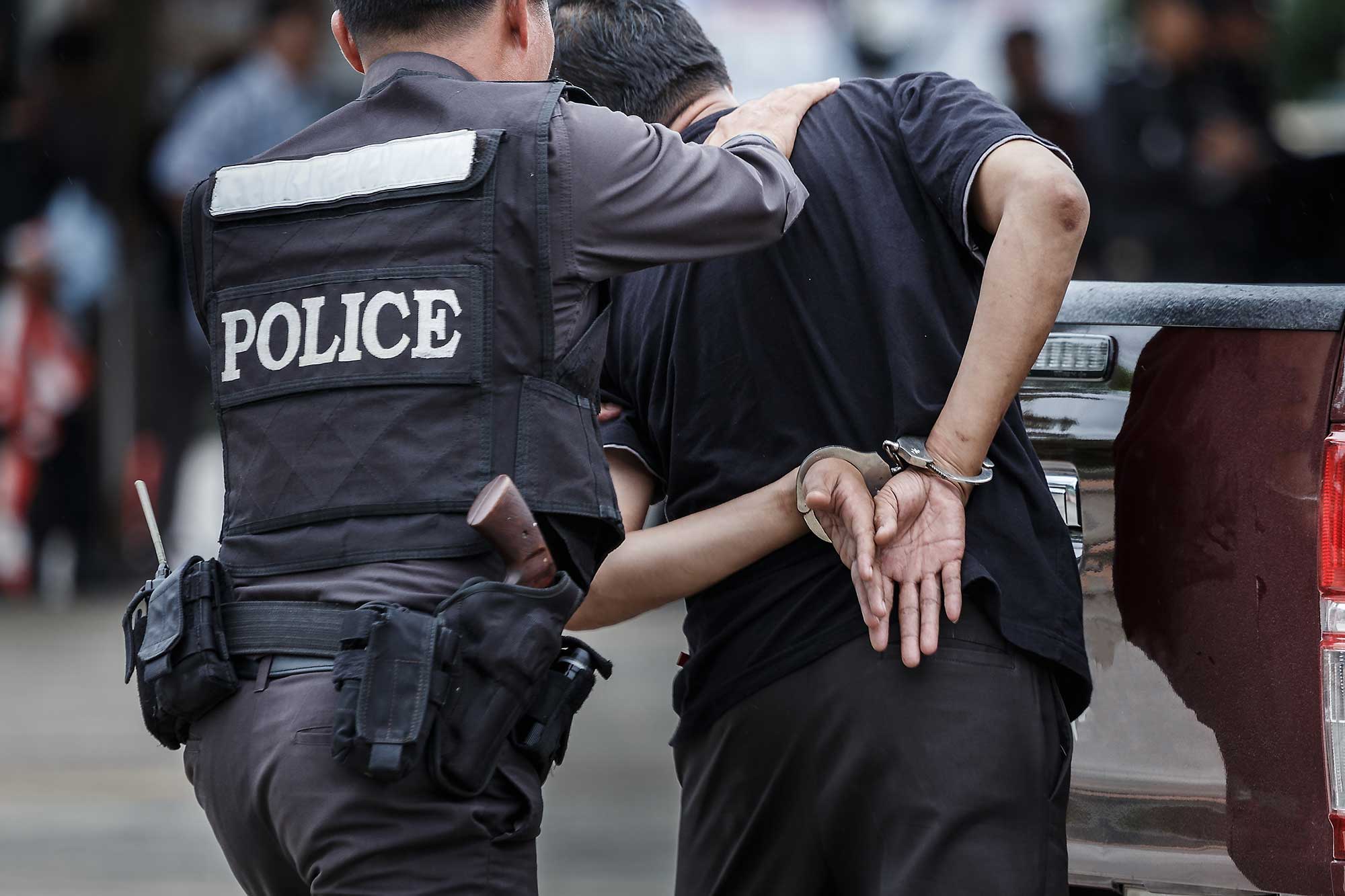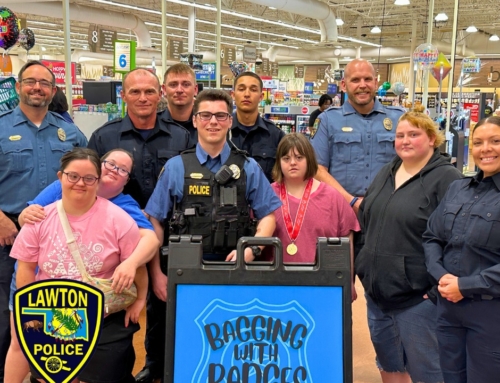Law enforcement officers have one of the highest injury rates (7.4 per 100 full time equivalent workers) of all U.S. occupations (Reichard et al Am J Ind Med 2010). The most common injuries in law enforcement by region is (19.6%) back, (18.1%) knee/leg, (13.6%) shoulder, and (11.4%) ankle (Lentz et al Int J Occ Med Envir Health 20). According to a 7-year study in law enforcement, over 20% of all recorded injuries were to the lower extremity and 31.4% of those were to the knee. In this same study, the most common activity resulting in injury to law enforcement officers is affecting an arrest (Lyons et al BMC Musculoskeletal Disorders 21). In this study, they showed that 24% of all recorded injuries were sustained when affecting an arrest on a suspect or in restraining a suspect. In a comprehensive study performed across 18 agencies by the International Association of Chiefs of Police (IACP), the authors found of the 1,295 injuries recorded, 34.9% of those were from affecting an arrest (International Association of Chiefs of Police 13). A majority of the injuries that occur to the officer in affecting an arrest are to the shoulder and to the knee.
Knowing the chaos that can occur during affecting an arrest, one would think there is not a lot you can do to mitigate injuries during such a chaotic event. However, studies show that implementing injury prevention techniques can in fact have an impact on injuries. These programs are even highly effective in high collision and risk sports like football, or Brazilian Jiu Jitsu and in similar occupations, like the military. Injury prevention programs have been shown to have an impact on the number and severity of injuries in a similar sport to affecting an arrest, BJJ or Brazilian Jiu Jitsu. Studies show, when injury prevention programs are implemented in BJJ, participants are less likely to report an injury and the severity of injuries reported that do occur are less severe. This allows a quicker return to training.
Studies also show that these programs can be more effective if they are individualized or categorized based off the individual’s deficits (Lopes et al Am J Sport Med 2018). Some of the most common injuries we see in affecting an arrest and in Brazilian Jiu Jitsu are injuries to the neck, shoulders, knee, and lower back. Shoulders tend to lead the pack in the number of injuries closely followed by knee and lower back. The only variance with Brazilian Jiu Jitsu, as injuries apply, the neck injuries tend to be more prevalent than shoulder injuries. Knowing this, we could potentially apply some of the things we have learned that are affective in BJJ at reducing injuries and apply that to our law enforcement officers.
As a physical therapist and Brazilian Jiu Jitsu brown belt, I have personally seen the impact that injury prevention has on those who train consistently in BJJ. I firmly believe there are lessons here to be learned and which, when implemented, would have a significant impact on injury rates that happen when affecting an arrest. In the next couple of articles, I plan to share with you what I have learned, what we can take away from it, and how we may apply it in law enforcement. Some of these also won’t be what you would typically think of:
- Shoulder strengthening and concept of total shoulder range of motion
- Importance of eccentric training for combative training
- Core strengthening – concentric/eccentric focus and why
- Turkish get up
- Impact to quick explosive technical get up
- Eccentric/Concentric motion
- Fatigue state training – impact on end game performances
- Recovery – impact on performance and injuries
- Post injury recovery ideas
- Nutritional recommendations
- Compression – Hyperice
- Plunge tank
- Hydration
- Sleep
If this sounds intriguing, stay tuned over the next several months as we dive in further. If you know of any BJJ gyms that would want to participate in research related to injury prevention, please contact me at tnessler@readyrebound.com.
Author: Trent Nessler, PT, MPT, DPT, SVP, Ready Rebound Vitality
To Find Out More, Visit https://readyrebound.com/









Get Social